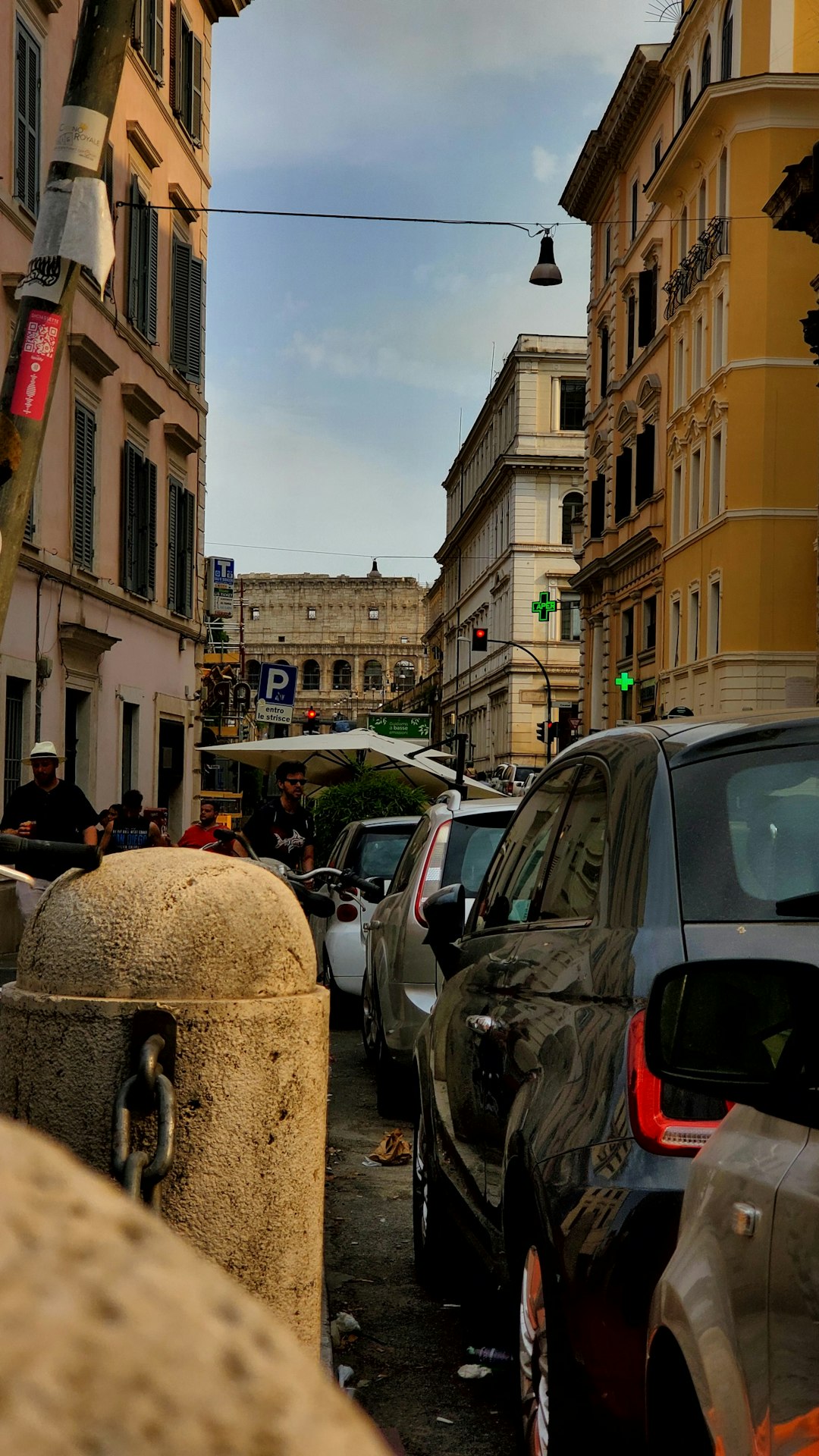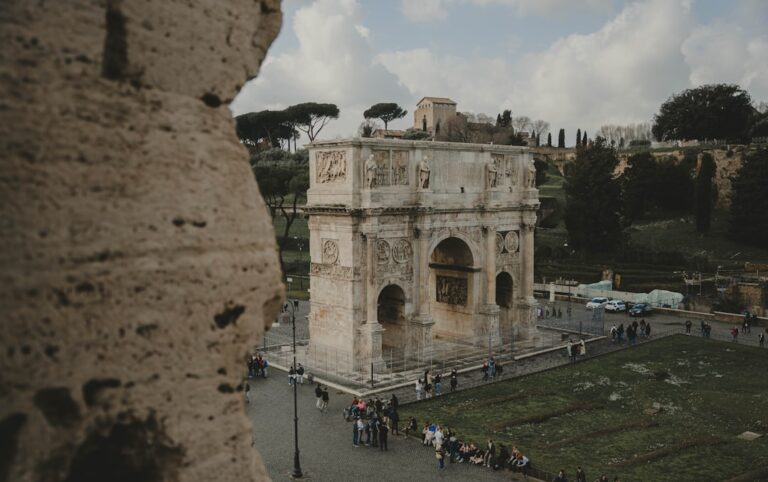Top 20 Day Spas in Rome
🖼️ Visual Introduction

📸 Photo by Matteo del Piano
🌍 Explore the City’s Highlights
Uncover the unique rhythm of Rome as you stroll past monuments, taste street food, and listen to the stories behind its famous sights.
🚶 Top 20 Tours & Experiences
Experience Rome’s highlights with hand-picked tours that balance comfort, culture, and discovery.

📸 Photo by Linda Gerbec
🏛️ Top 20 Attractions
Top attractions in Rome await — skip the lines and enjoy easy booking.
🎥 Featured Top 20 Video
🏨 Where to Stay Near the Highlights
Family-friendly hotels in Rome feature spacious rooms, kid-friendly dining, and activities for all ages.
Vacation rentals in Rome combine comfort with character, letting you enjoy a more personal travel experience.

📸 Photo by Sara Gomes Silva
✈️ Getting There
Comfortable and convenient flights to Rome ensure your journey starts as smoothly as your trip continues.
📱 Stay Connected While Exploring
Enjoy reliable 4G and 5G coverage in Rome with prepaid SIM cards designed for travelers.
🛡️ Safety for Explorers
From medical care to lost bags, travel insurance in Rome helps safeguard your journey.
Keep a photocopy of your passport and store it separately from the original.
💳 Budgeting for the Top 20
Save more on your trip to Rome with cards that offer great exchange rates and low fees.
Some ATMs dispense large notes — break them at supermarkets or banks.
🎒 Travel Essentials & Tips
Bring flip-flops or sandals for hostel showers and beach days.
Choose slow travel and spend more time in fewer destinations.
- Use Local Transport: Buses, trains, or tuk-tuks are not only budget-friendly but also a great way to experience daily life.
- Stay Alert in Traffic: In some countries, traffic rules are loosely followed. Cross streets with care.
- Try Walking Tours: Free or paid walking tours give a great introduction to the city with local insights.
🎥 Travel Vlog of Highlights
🎥 Cultural Highlight
🎥 Scenic Adventure
✨ Stories from the Top 20
As the first light crept across the horizon, silhouettes of spires and rooftops came alive. The air was cool, and the hum of morning prayers or bird calls set a rhythm that belonged only to dawn. Travelers and locals alike paused, reminded that this was more than a sight — it was a moment of renewal.
“If you don’t know where you’re going, any road will take you there. – Lewis Carroll”
“A journey of a thousand miles begins with a single step. – Lao Tzu”
Mount Everest grows about 4 mm taller every year.

📸 Photo by Agata Ciosek
📸 Top 20 Photo Gallery

📸 Photo by Dafna Maya

📸 Photo by Claudio Recanatini

📸 Photo by Cheng Lin

📸 Photo by Aishwarya Gnanaprakasam

📸 Photo by Sara Darcaj

📸 Photo by Seifeddine Dridi

📸 Photo by Shaghayegh Allahdad

📸 Photo by Denisa-Elena Ficau

📸 Photo by Silviya Nenova
🎥 Top 20 Video Gallery
❓ Top 20 FAQs
How can I keep my belongings safe while traveling?
Use anti-theft backpacks, money belts, and hotel safes. Keep valuables close and avoid displaying large amounts of cash.
How do I stay healthy while traveling?
Drink bottled or filtered water, wash hands often, get enough rest, and carry basic medicine for common issues.
What is the safest way to carry money?
Use a mix of cards and cash, keep them in separate places, and consider a hidden money belt for crowded areas.
📚 Related Guides
- Top 20 Tours & Experiences in Rome
- Top 20 Unforgettable Experiences in Rome
- Top 20 Must-See Attractions in Rome
🌐 Explore More Destinations
- Plitvice Lakes National Park
- Acropolis of Athens
- City of Luxembourg: its Old Quarters and Fortifications






